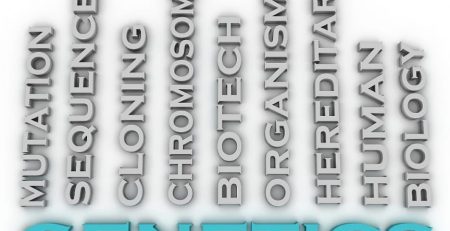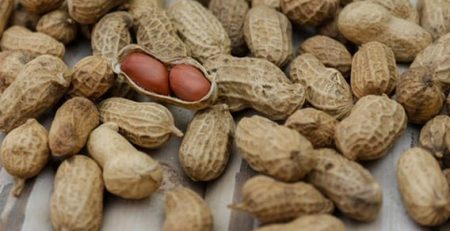Cure For the Common Cold May Be Right in Your Cells
Cold season will soon be upon us, which makes a new study from the University of California San Francisco and Stanford University, published this week in Nature, even more timely.
While conventional therapies attempt to destroy viruses by targeting their proteins, this new approach disables a specific protein inside the human cell that the virus needs to survive and replicate. The gene the team identified is SETD3, and while it wasn’t known to be involved in viral replication, the researchers found that the virus couldn’t replicate in cells that didn’t have the SETD3 protein. How and why this is the case, however, is still a mystery.
The team hopes that this research will lead to the development of “a chemical that can inactivate this protein and might protect you against infection by the enteroviruses,” study senior author Jan E. Carette, a Stanford University microbiologist, said. “We discovered a drug target in the cell.”
Professionals caution that it’s not time to toss that chicken soup and box of tissues just yet. “It’s a beautiful piece of science,” Ann C. Palmberg, a biochemist and enterovirus expert from the University of Wisconsin, Madison, who was not involved in the study, said. “Getting from where they are to where they would like to be is another 20 years of work.”
Read more in Popular Science.
###














